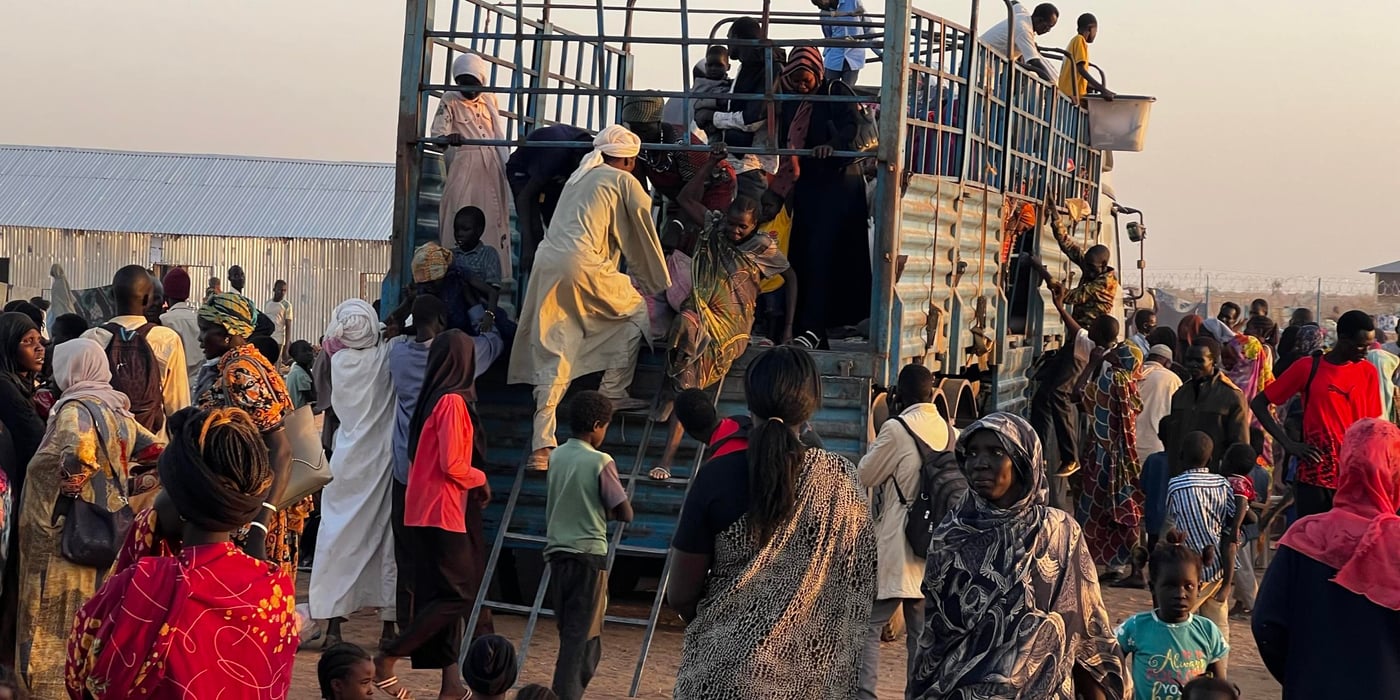
The Norwegian Refugee Council (NRC) and other NGOs use the five levels of the Integrated Food Security Phase Classification (IPC) as one of the tools to classify the severity and magnitude of food shortage in a population.
Famine occurs when the food shortage in an area reaches level 5 and several of the following criteria are met:
- More than 20 per cent of households have acute food shortage or no access to food and people struggle to survive.
- More than 30 per cent of the population suffer from acute malnutrition.
- The death rate is higher than 2 deaths per 10,000 citizens per day.
- The death rate for children under the age of five is higher than 4 deaths per 10,000 children per day.
- 40 per cent of the population is malnourished.
Calculating the risk
How to avoid famine? One important measure is to keep track on how a situation of food shortage develops.
NRC’s food security expert, Thomas Ølholm, says calculating the risk of famine can be compared to a meteorologist’s calculation of weather.
“A meteorologist can estimate next month’s weather and see if a storm is coming. The closer the storm is, the more precise the estimates of its consequences will be,” Ølholm explains.
He adds that the earlier we act, the better and more efficient the assistance will be and we will be able to minimise the effects of the storm.
“When the risk increases to level five, you are standing in the centre of the storm,” says Ølholm.
When the risk increases to level five, you are standing in the centre of the storm.Thomas Ølholm, NRC food security expert
5 levels
By using the IPC tools to assess a population’s access to food, humanitarian actors can see how close the population is to famine. These are the five levels:
Level 1: More than one in five households has basic access to food.
Level 2: Access to food is moderate. At least one in five families has minimal access to food and cannot afford to spend resources on other things than food. On this level, humanitarian assistance focuses on reducing risk of food shortage, strengthening the population’s livelihoods, redressing structural hindrances to food security, creating a contingency plan and drawing attention to the situation through advocacy work.
Level 3: There is an emergency. At least one in five families suffers from acute malnutrition or barely gets enough nourishment. In addition to protecting vulnerable groups and ensure they receive food, humanitarian actors concentrate on stopping the crisis from expanding. This can be difficult if there is not enough money to finance the humanitarian aid, if reaching the affected population is problematic or if the local political leadership is deficient. On this level, the crisis can worsen rapidly, but it is still possible to avoid famine.
Level 4: There is a humanitarian crisis and the number of deaths is rising. At least one in five families suffers from acute malnutrition or will have no access to food in the short term. On this level, the population often lack resources or energy to move to places with easier access to food. Humanitarian organisations work to save lives and livelihoods.
Level 5: There is a famine. Parts of the population experience organ failure and their immune system becomes so fragile they turn ill. Some people die. All possible measures have to be taken to ensure that food reaches those affected. In addition, humanitarian organisations work to save lives and stop people’s livelihoods from collapsing.
Depending on information
Ølholm explains that to declare famine, humanitarian actors need to have the necessary information about the situation in the area. Sometimes they do not have this information, in which case they will explain why there is a reason to believe a famine is approaching.
Since the beginning of 2017, Nigeria’s Borno state is an example of the latter.
“There, humanitarian actors have not had any access to the areas because of the conflict with Boko Haram, but, thanks to the little information we could gather, we have been able to form a picture about the situation, which seems to be very severe,” says Ølholm.
NRC assists people fleeing conflict and war, and we often see that conflicts affect people’s access to food.
“In countries where large parts of the population are malnourished, war and conflict can in short time lead to famine, especially in countries exposed to drought,” Ølholm explains.



